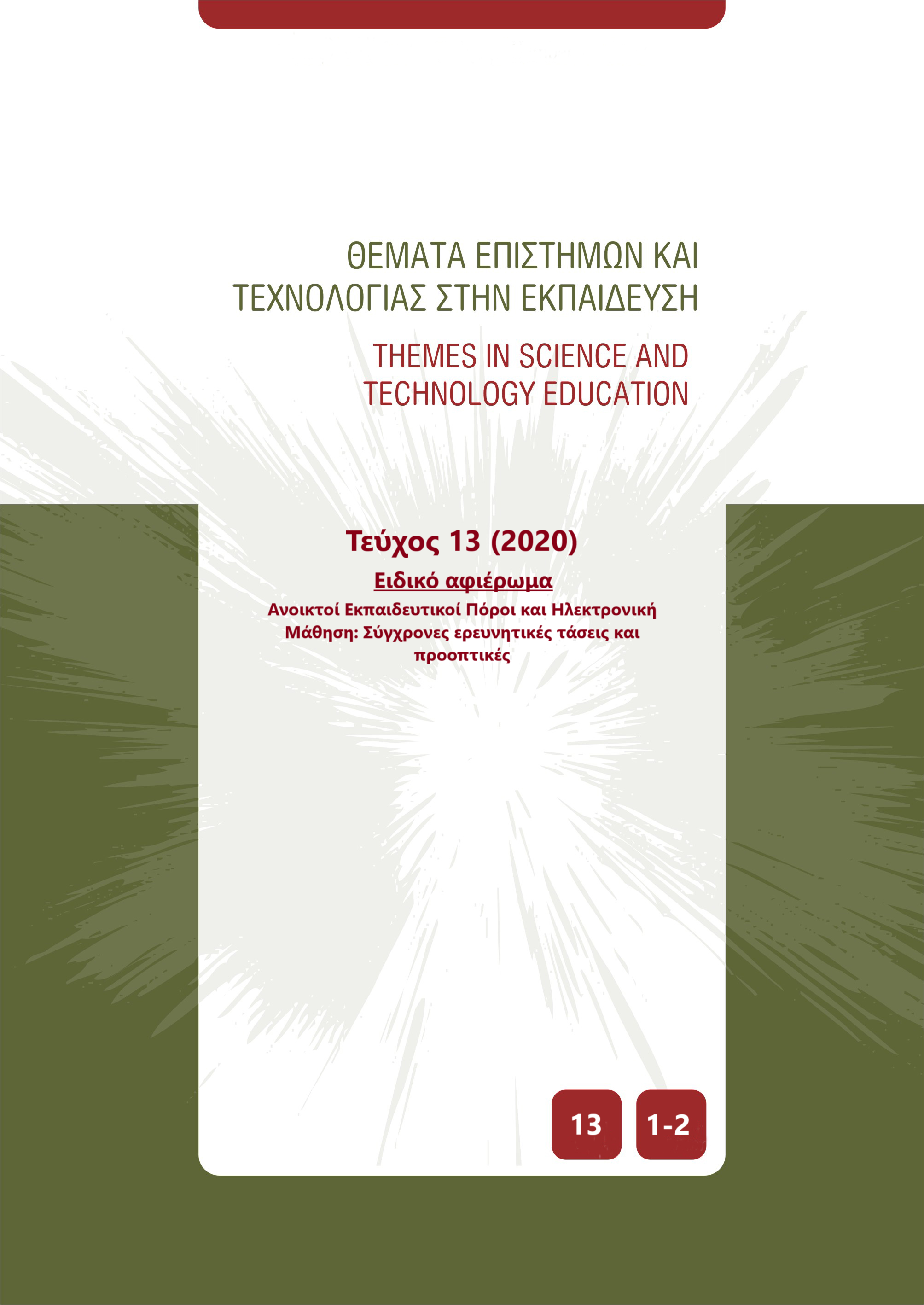Αξιοποίηση της Επαυξημένης Πραγματικότητας για τη διδασκαλία της Ιστορίας σε αρχαιολογικό χώρο

Περίληψη
Η παρούσα έρευνα εξέτασε τη δυνατότητα αξιοποίησης της επαυξημένης πραγματικότητας (Ε.Π.) που στηρίζεται στην τοποθεσία, στη διδασκαλία της Ιστορίας σε αρχαιολογικό χώρο. Στο πλαίσιο αυτό σχεδιάστηκε, αναπτύχθηκε και αξιολογήθηκε, η εφαρμογή Ε.Π. “PlatoAR”. Αυτή αφορά τον αρχαιολογικό χώρο της Ακαδημίας Πλάτωνος και απευθύνεται σε μαθητές Δ΄ Δημοτικού. Τα δεδομένα της αξιολόγησης της εφαρμογής συλλέχθηκαν μέσω παρατήρησης, συνεντεύξεων και ερωτηματολογίων από εκπαιδευτικούς και μαθητές. Τα αποτελέσματα έδειξαν ότι η εφαρμογή είναι εύχρηστη, ενώ φάνηκε να επιτυγχάνεται σε μεγάλο βαθμό η κατάσταση Ροής. Σύμφωνα με τους εκπαιδευτικούς, η εφαρμογή μπορεί να ενταχθεί στη διδασκαλία και να συμβάλλει στην εμπλοκή των μαθητών σε διαδικασίες ιστορικής ενσυναίσθησης. Οι παράγοντες που επηρεάζουν τη χρήση της, σχετίζονται με το φυσικό περιβάλλον, με τεχνικά ζητήματα και με την προετοιμασία των εκπαιδευτικών. Τα αποτελέσματα έχουν εφαρμογή τόσο σε μεθοδολογικό επίπεδο όσο και ως προς τη δυνατότητα των εκπαιδευτικών να αναπτύσσουν τις δικές τους εφαρμογές Ε.Π.
Λεπτομέρειες άρθρου
- Πώς να δημιουργήσετε Αναφορές
-
Κουτρομάνος, Γ., & Μπουντέκας Κ. (2020). Αξιοποίηση της Επαυξημένης Πραγματικότητας για τη διδασκαλία της Ιστορίας σε αρχαιολογικό χώρο. Θέματα Επιστημών και Τεχνολογίας στην Εκπαίδευση, 13(1/2), 63–81. https://doi.org/10.12681/thete.39980
- Ενότητα
- Articles





